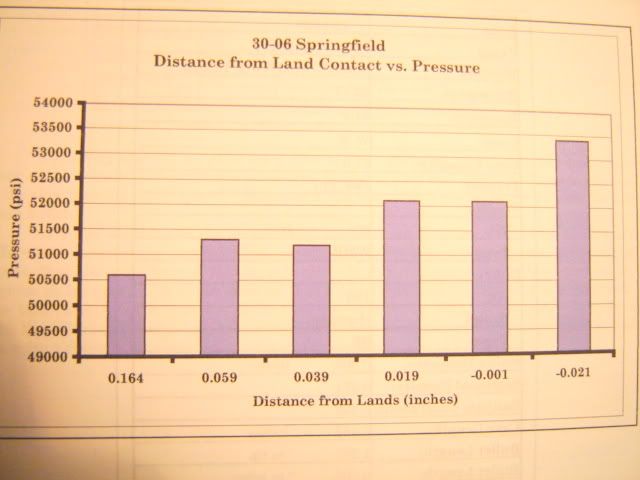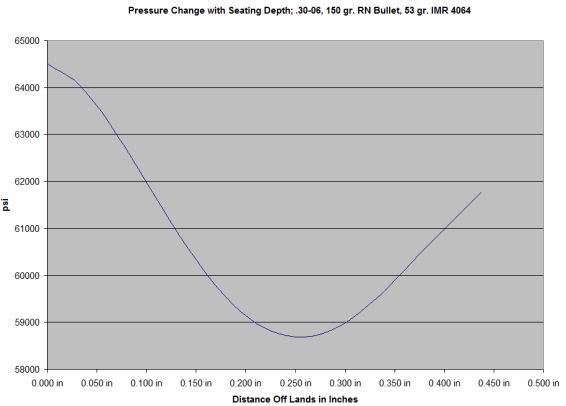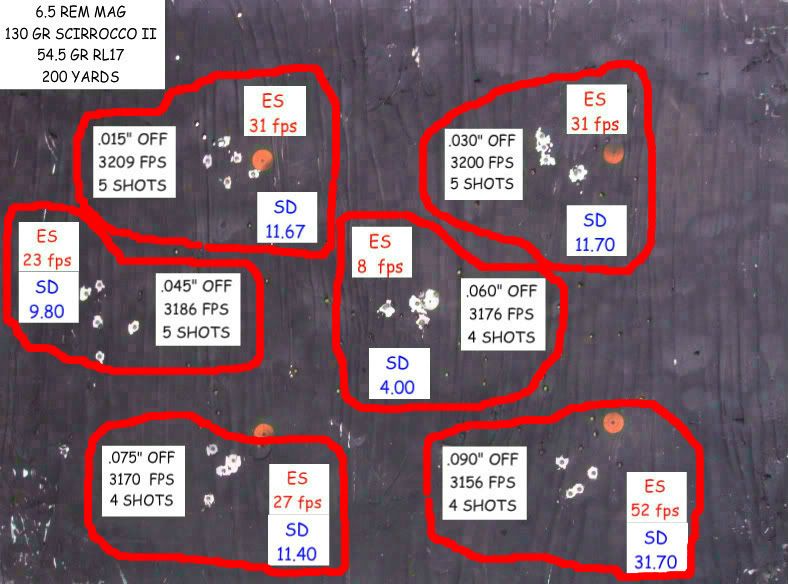This may be a dumb question but what would be considered out of spec when it comes to overall cartridge length?
For example, my Rem. 700, 7 mm Express (280) has a throat depth that allows for 3.350 OAL using Nosler 140 gr BT's and, there is still room to spare for increased length, before reaching the lands.
These feed fine without any problems.
Hodgdon shows 3.230 as C.O.L.
I'm curious, how much is too long and how much is too short?
For example, my Rem. 700, 7 mm Express (280) has a throat depth that allows for 3.350 OAL using Nosler 140 gr BT's and, there is still room to spare for increased length, before reaching the lands.
These feed fine without any problems.
Hodgdon shows 3.230 as C.O.L.
I'm curious, how much is too long and how much is too short?








